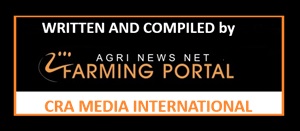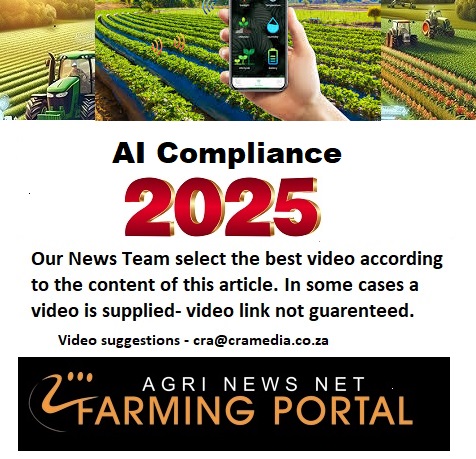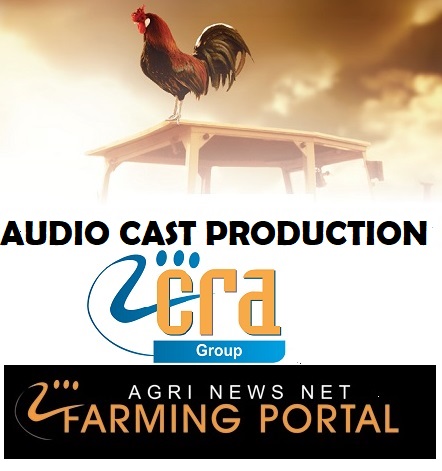Soya (or soybean) has long been hailed as a powerhouse in global food systems, serving as a critical source of protein for both human consumption and livestock feed. Its versatility, nutritional value, and relatively efficient production have positioned it as a cornerstone of food security, particularly as the world grapples with a growing population projected to exceed 9 billion by 2050. However, the future of soya is shaped by a complex interplay of opportunities and challenges, including its potential oversupply and the intensifying effects of climate change. This article explores these dynamics, assessing soya’s role in ensuring food security, the implications of its abundant production, and how climate change might alter its trajectory.
Soya’s significance in food security stems from its high protein content—containing all nine essential amino acids—and its adaptability to diverse culinary and industrial uses. For humans, it is processed into products like tofu, soy milk, tempeh, and meat alternatives, offering a sustainable protein source for vegetarian, vegan, and health-conscious diets. Yet, its dominant use globally is in animal feed, with 70-80% of soya production feeding livestock such as poultry, pigs, and cattle. This indirect consumption amplifies soya’s reach, supporting meat and dairy production that sustains billions of people.
The efficiency of soya as a protein source is notable. Compared to animal-based proteins, soya requires significantly less land, water, and energy. For instance, producing 100 grams of protein from beef generates up to 49.89 kilograms of CO2-equivalent emissions and demands 32 times more land than soya-based protein like tofu, which emits just 1.98 kilograms of CO2-equivalent per 100 grams. If humanity shifted from meat to soya-based diets, agricultural deforestation could decline by as much as 94%, freeing up land for other crops or rewilding efforts. This efficiency positions soya as a vital tool to meet rising protein demands sustainably, especially in regions facing food scarcity.
Africa, with its youthful population and rapid urbanization, exemplifies soya’s potential. The African Continental Free Trade Area (AfCFTA) highlights soya-based value chains—like oilseeds and textiles—as key to economic growth and job creation. Investments in local processing could reduce Africa’s reliance on imported food, enhancing food security while leveraging the continent’s 1 billion people under 30, many of whom are poised to adopt digital and agritech innovations.
Despite its promise, soya’s future is clouded by the risk of oversupply. Global production has surged from 20-30 million tons in the 1960s to over 350 million tons today, driven largely by demand for livestock feed. The United States, Brazil, and Argentina account for 80% of this output, with Brazil alone harvesting 133 million tons annually. This abundance has lowered prices, benefiting consumers and farmers in the short term, but it raises concerns about long-term sustainability.
Oversupply can lead to economic and environmental drawbacks. Economically, depressed prices may squeeze farmers’ margins, particularly smallholders unable to compete with industrial-scale operations. Environmentally, the push to maintain high yields has fueled deforestation, notably in Brazil’s Amazon and Cerrado regions, where soya expansion—often indirectly via cattle ranching displacement—has razed biodiverse ecosystems. Although initiatives like Brazil’s Soya Moratorium (since 2006) have curbed direct deforestation, illegal land clearance persists, with 20% of EU-bound soya from Brazil linked to post-2008 deforestation.
Moreover, the concentration of soya in livestock feed creates a dependency that could falter if dietary trends shift. A growing plant-based movement in Western markets, coupled with innovations like lab-grown meat or alternative proteins (e.g., pea, seitan), might reduce demand for soya-fed animal products. If this happens, stockpiles could accumulate, straining storage systems and potentially leading to waste—a scenario at odds with food security goals.
Climate change poses both risks and opportunities for soya’s future. Rising temperatures, altered precipitation patterns, and extreme weather events threaten production, particularly in the Americas, where most soya is grown. A 2023 study in Earth’s Future found that one-third of the 2012 soya crop failure across the US, Brazil, and Argentina—resulting in shortages and record prices—was attributable to climate-induced weather anomalies. Under future warming scenarios, such simultaneous failures could become more frequent, with mean climate shifts increasing the likelihood of losses akin to 2012, even if variability-driven extremes remain less common.
Heat stress and drought can stunt soya yields, as the crop thrives in temperate to subtropical climates. In Brazil, conversion of the Cerrado for soya has already raised local temperatures by disrupting the hydrological cycle, exacerbating drought risks. Conversely, elevated atmospheric CO2—a driver of climate change—can boost soya growth by enhancing photosynthesis, potentially increasing oil content and yields in some regions. However, these gains may be offset by water stress or nutrient depletion if soils degrade under intensive farming.
Adaptation will be key. Precision agriculture—using GPS, drones, and moisture sensors—can optimize water and fertilizer use, while climate-smart practices like no-till farming and cover cropping can reduce emissions and erosion. Genetic improvements, such as drought-resistant soya varieties, could also bolster resilience. In the US, farmers have cut greenhouse gas emissions per bushel by 42% since 1980, showing that sustainable intensification is possible. Yet, scaling these solutions globally, especially in vulnerable regions, requires investment and policy support.
The future of soya hinges on balancing its protein potential with oversupply risks and climate impacts. For food security, diversifying its use—shifting from livestock feed to direct human consumption—could maximize efficiency and minimize environmental harm. Agritech startups in Africa and beyond are already innovating, offering digital tools to help smallholders process soya locally, reducing import dependency and creating jobs. The AfCFTA’s Digital Trade Protocol further supports this by fostering a continent-wide digital ecosystem, ripe for such advancements.
Addressing oversupply demands coordinated global strategies. Certification schemes like the Roundtable on Responsible Soy aim to ensure zero-deforestation production, but their effectiveness is debated, with critics arguing they fail to curb indirect land-use change. Reducing meat consumption—a key driver of soya demand—remains the most impactful lever, as it would shrink the land footprint needed for feed while freeing soya for human diets.
Climate change, meanwhile, necessitates proactive adaptation. Investments in sustainable farming practices and digital infrastructure can mitigate risks, but they must be paired with robust governance to prevent corruption or mismanagement, as seen in past initiatives like South Africa’s Covid funds. Without action, soya’s abundance could turn from a boon to a burden, undermining food security rather than enhancing it.
Soya’s future as a protein for food security is bright but fraught with challenges. Its nutritional prowess and scalability make it indispensable, yet oversupply and climate change threaten to destabilize its role. By prioritizing sustainable production, diversifying its applications, and leveraging technology, soya can remain a linchpin of global nutrition. The path forward requires not just agricultural innovation but a broader rethink of how we produce and consume food in a warming, crowded world. Only then can soya fulfill its promise without compromising the planet it sustains.

DISCLAIMER
The views and opinions expressed in this program are those of the writers and do not necessarily reflect the views or positions of any entities they represent. The information contained in this website is for general information purposes only. The information is provided by CRA and while we endeavour to keep the information up to date and correct, we make no representations or warranties of any kind, express or implied, about the completeness, accuracy, reliability, suitability or availability with respect to the website or the information, products, services, or related graphics contained on the website for any purpose. Any reliance you place on such information is therefore strictly at your own risk.


















